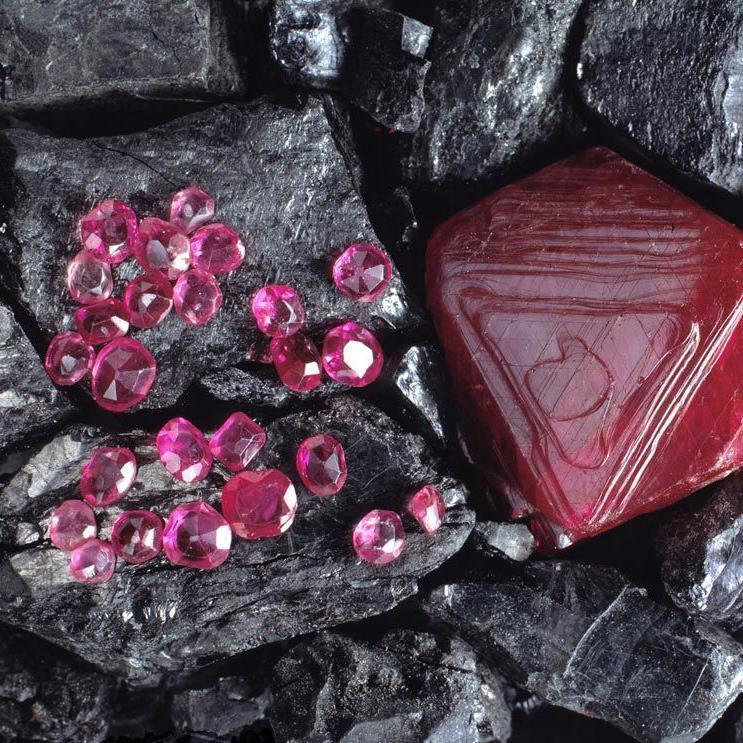
The July Birthstone: Ruby
Commonly considered to be the 'king' of gemstones and believed to carry good fortune, rubies come from the mineral corundum - which also forms sapphires - and are the birthstone for the month of July.
Ranging from a light pink to deep crimson in colour (depending on where they are mined), trace elements of chromium found in the corundum contribute to the redness of rubies, with the more chromium being present, the 'redder' the colour of the gemstone. The name 'Ruby' also comes from the Latin word 'ruber' which means red.
Regarded as a symbol of passion, courage and protection, rubies have been a beloved gemstone for centuries, with historical trade records indicating the rubies were prized back as far as 200 B.C when they were traded on the North Silk Road in China.
Found in many different countries across the world including Australia, Brazil, India, Mozambique, Sri Lanka and Tanzania, the finest rubies are found in Myanmar (formely known as Burma) and Thailand. Myanmar rubies have a red colour that is commonly described as 'pigeons blood', whereas Thailand rubies are more burgundy-red in colour.
A sturdy gemstone that is resistant to everyday wear, rubies rate at 9.0 on the Mohs Hardness Scale (only one grade below a diamond), making them the perfect gemstone to feature in rings and bracelets, as well as earrings and necklaces.
